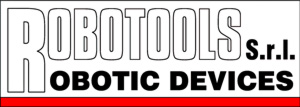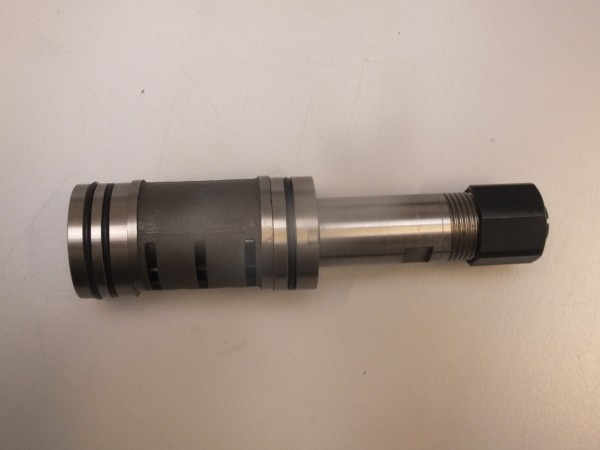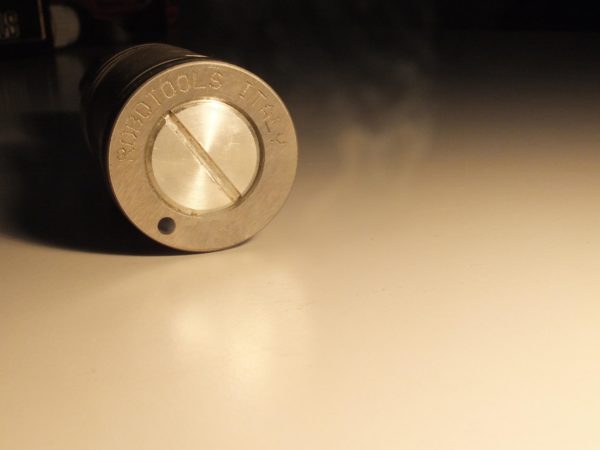Pneumatic vaner motors
In our deburring tools we use Air Vane Motors made by Robotools S.r.l.
Our motors are “lubrication-free” because they are equipped with vanes made of a special low friction material and have permanent lubricated bearings. For a very long service, however, if their working life is the first priority, lubricated type motors should be chosen. To ensure a reliable service an air filter and lubricator (if the motor is not lubrication-free) should be fitted into the inlet airline within 5 metres of the motor.
Compared with turbine motors, the vane type transmits all the power immediately, without poor torque for the first 2/3 seconds at the start as turbines do. It is certainly noisier, but with some tricks this problem can be avoided.
The pneumatic motor is definitely more economical,and requires minimal maintenance. On the other hand it requires a large amount of filtered air especially it there are multiple trimming machines. If the motors are equipped with scoops, in addition to the filtered air, they require a constant lubrication with accompanying dispersion of tiny particles in the surrounding area. Filters must be changed regularly.
Benefits:
- The air motor is one of the sturdiest and most versatile power units available in today´s design /engineering.
- An air motor weighs only 1/10 as much as an electric motor of the same output, occupies only 1/6 of the space.
- Air motors develop far more power in relation to their size and weight than most other motor types.
- Air motors can be stalled indefinitely without overheating or sustaining any other type of damage.
- They can also be started and stopped repeatedly without limits.
The vane motor has a basic design and consists of only a few components:
1.Front and rear end plates
2.Rotor
3.Vanes
4.Cylinder
5.Ball bearings
Our motors are “lubrication-free” because they are equipped with vanes made of a special low friction material and have permanent lubricated bearings. For a very long service, however, if their working life is the first priority, lubricated type motors should be chosen. To ensure a reliable service an air filter and lubricator (if the motor is not lubrication-free) should be fitted into the inlet airline within 5 metres of the motor.
Compared with turbine motors, the vane type transmits all the power immediately, without poor torque for the first 2/3 seconds at the start as turbines do. It is certainly noisier, but with some tricks this problem can be avoided.
The pneumatic motor is definitely more economical, and requires minimal maintenance. On the other hand it requires a large amount of filtered air especially it there are multiple trimming machines. If the motors are equipped with scoops, in addition to the filtered air, they require a constant lubrication with accompanying dispersion of tiny particles in the surrounding area. Filters must be changed regularly.


